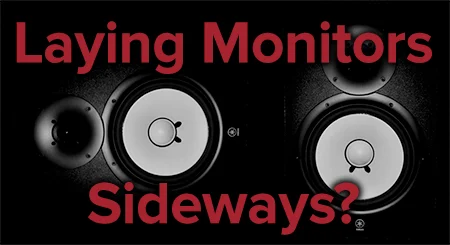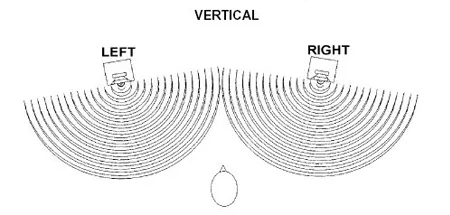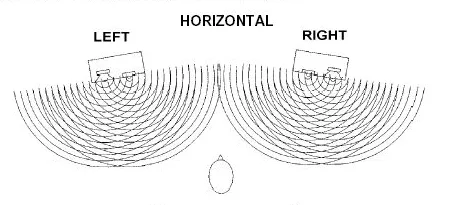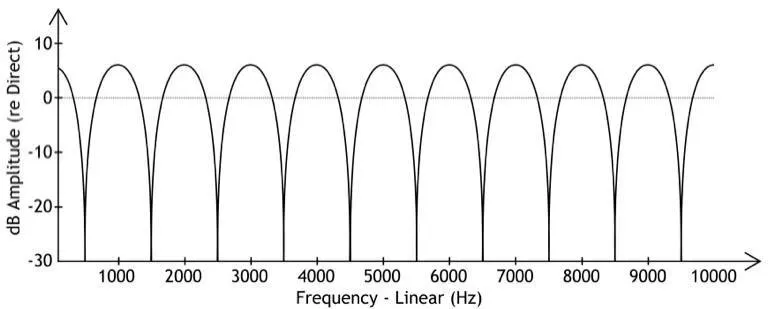Today’s question about having your studio monitors on their side relates to a common discussion online that rarely ventures into a real answer. For some reason, there are a lot of people who are convinced that it’s a matter of preference, when this couldn’t be any further from the truth.

Please don’t hesitate to email us with any questions of your own, as long as they’re music related! We’re happy to discuss any topic. Now on to today’s question:
Can I Lay My Studio Monitors Sideways in a Horizontal Configuration?
Question:
Due to the way my desk is set up, the only way I can get my studio monitors to aim at my ears in the proper mix position is to lay them on their sides. This is due to my three computer screens, chair height, and the height and depth of the desk. I have a plan to solve this issue, but I’d rather not if you say it’s okay. Am I hurting my mixes?
Thanks,
Susanne
Answer:
Susanne, unfortunately there are several reasons not to use your speaker monitors in a horizontal orientation on their side. Let me say first that you may be one of the lucky few who have monitors that are either designed in a horizontal layout or have the ability to rotate the tweeters (not recommended). Without knowing which model you have I can’t say.
But we’ll work on the assumption that you have a typical pair of monitors. The core reason you don’t want to turn your monitors on their side is because it’s going to really disrupt your stereo image.
When monitors are built, the woofers and tweeters are carefully aligned so that their physical centers are in the same vertical line and that the sound from both reaches the listener at the same moment. And when both monitors are set up correctly, the music from each will reach you at the same time, forming a crisp, stable, and clear stereo image.

With monitors on their sides, regardless if the tweeters are on the inside or outside of the mix triangle, the stereo image is going to be blurry and fuzzy, with sounds not only spread out but various frequencies of the same instruments seeming to come from different places in the stereo field. It pretty much removes the possibility of a sweet spot to be seated in for mixing.

The next main issue is that of comb-filtering. Because the sound emitted from the two tweeters will reach the ears of the listener at a different time than the sound of the woofers, you’ll get comb-filtering in the crossover regions.
Cross over is the range of frequencies that two speakers will share in the same system. So the tweeters and main woofers will share some of the same frequencies to create a smooth transition, as will the main woofers and the subwoofer.
Comb-filtering happens due to deconstructive interference in waveforms, creating nulls or quieter parts, while constructive interference will boost small sections of the waveform in amplitude. This cycles very quickly, creating a strange EQ effect that disrupts your ability to make accurate mix decisions.

Another issue relates to the positioning of the bass driver inside the speaker cabinet. It’s designed to be up and away from the bottom of the monitor, and by turning it on its side you may be placing the bass driver closer to the speaker stand surface or desk top.
This will effect the bass response of the monitor. And finally, if you’re a power user, you’ll notice that the vertical fins on the heat sink are now horizontal as well. This will reduce the cooling capabilities presented by the flow of air in the room across the natural temperature gradient.
So if you’re serious about mixing or even attentive pleasure listening, then yes, you need to orient your monitors in the intended vertical positions. Laying your studio monitors sideways messes up the stereo image.
Good luck with your new setup plan,
Jared